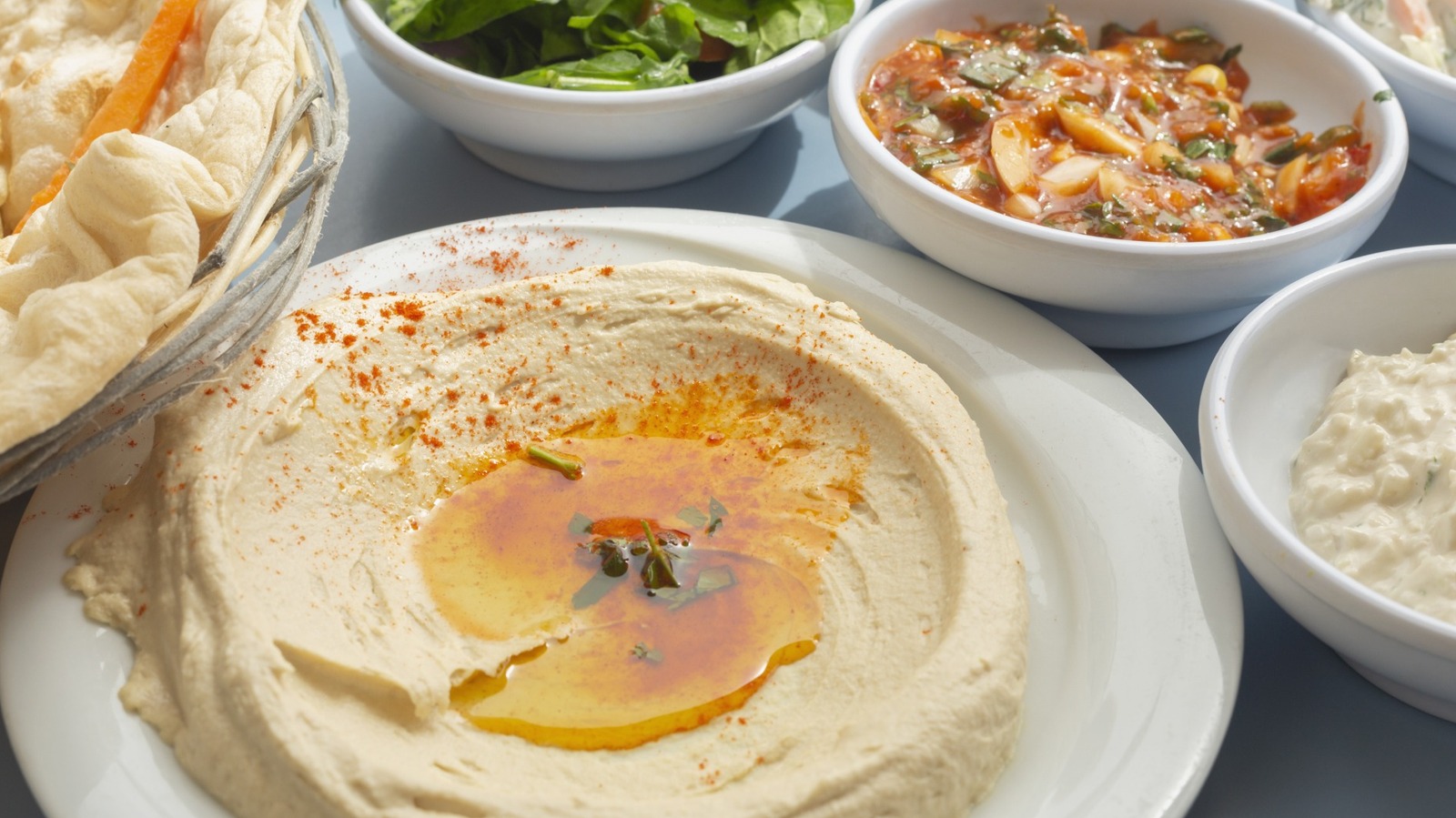Creating exquisite homemade hummus is a culinary aspiration for many, promising a freshness and depth of flavor rarely found in store-bought varieties. However, achieving that velvety smooth, perfectly balanced dip often eludes home cooks due to a series of subtle yet significant cooking tips and food errors. Understanding these common pitfalls is the first step toward transforming your kitchen into a hummus haven, ensuring every batch is a triumph of texture and taste.
The foundation of any great hummus begins with the humble chickpea, and the initial decision between dried and canned varieties holds considerable weight. While canned chickpeas offer undeniable convenience, their dried counterparts often present a superior nutritional profile, boasting higher concentrations of essential minerals like magnesium, potassium, and iron. Opting for dried chickpeas in your homemade hummus also allows for greater control over the absorption of flavors and the final consistency of your dip, contributing to a more authentic and satisfying hummus recipe.
Beyond the choice of chickpea, proper chickpea preparation is paramount. Many seasoned chefs advocate for slightly overcooking the garbanzo beans, even to a near-mush consistency, to achieve the desired creamy hummus texture. An overnight soak followed by thorough simmering is the classic method for dried beans, while even canned chickpeas benefit from a good rinse and a brief simmer to enhance their pliability and ensure they blend effortlessly.
The cooking liquid, often discarded, is a secret weapon in the pursuit of creamy hummus. This starchy liquid, known as aquafaba, can be reserved and later incorporated into your hummus recipe. Blending chilled aquafaba into the mixture helps to aerate and lighten the dip without diluting its rich, beany flavor, contributing significantly to that coveted silky texture. It also serves as a versatile vegan egg white substitute for other culinary creations.
Another game-changer in chickpea preparation is the judicious use of baking soda. Adding a small amount to the soaking or simmering water increases the pH, creating an alkaline environment that softens the chickpeas and helps to loosen their fibrous skins. This not only speeds up cooking time but can also make your homemade hummus easier on the digestive system. However, moderation is key; excess baking soda can impart an unwelcome metallic or salty flavor, turning a culinary advantage into a common food error.
The question of chickpea skins often divides hummus enthusiasts. While removing these papery shells can contribute to a supremely smooth and creamy hummus, it is a tedious task. For those short on time, extended blending with a powerful kitchen appliance can largely mitigate the textural impact of the skins. Ultimately, the goal is a consistent, delightful mouthfeel that elevates your hummus recipe.
Once the chickpeas are perfectly tender, their temperature before blending is crucial. While piping hot beans can negatively impact delicate ingredients like garlic and olive oil, allowing them to cool completely can make blending more challenging. The ideal is warm or room-temperature chickpeas, ensuring they emulsify seamlessly into a cohesive, creamy hummus. Many expert cooking tips suggest whipping tahini and lemon juice first to create a lighter base before adding the chickpeas.
The quality and preparation of other key ingredients also significantly influence the final product. Raw garlic, a staple in many hummus recipes, should be used sparingly, as too much can result in a lingering pungency. High-quality tahini is non-negotiable for superior homemade hummus; a good sesame paste should be smooth, nutty, and slightly sweet, avoiding the common food errors of blandness or bitterness often found in inferior brands.
Finally, a generous drizzle of good extra virgin olive oil enhances richness and flavor, but it should be added slowly towards the end of the blending process to avoid bitterness. For an extra light and fluffy texture, a few ice cubes can be blended in to introduce air and moisture. And perhaps the most crucial of all cooking tips: allow your homemade hummus to rest for at least 30 minutes in the refrigerator before serving. This allows the flavors to meld and deepen, transforming a good dip into a truly exceptional one, proving that sometimes, patience is the best ingredient.






Leave a Reply